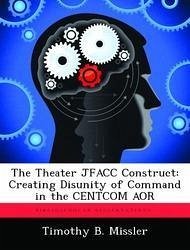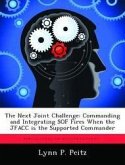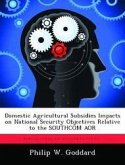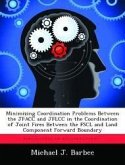The U.S. Air Force and its sister services have historically wrestled over how to apply airpower to non-traditional forms of warfare. While airpower has been used in counterinsurgent operations since the 1916 Punitive Expedition against "Pancho" Villa, U.S. military doctrine has historically struggled to keep pace with this ever-evolving type of warfare, especially with regard to the role that airpower plays in asymmetric conflicts. The U.S. joint community's recent rediscovery of the difficulty of counter-insurgent operations induced by the on-going operations in Iraq and Afghanistan has required the joint force to take a hard look at how it conducts air-ground integration in this spectrum of operation. Involvement in these irregular conflicts has shown fractures in the joint air-ground team that is adversely affecting operations in CENTCOM today. The United States Air Force's Command and Control Enabling Concept is the direct contributor to many of these fracture points.This paper explores the proper level of airpower command and control in irregular warfare. By evaluating the current state of airpower effectiveness under the United States Air Force's Command and Control Enabling Concept employed in the CENTCOM area of operations today, this paper will challenge this concepts utility and provide recommendations on how to improve air-ground integration in irregular warfare. Finally, this paper will advocate assignment of a Commander, Air Force Forces for all Joint Task Forces conducting joint air operations that utilize United States Air Force air and space expeditionary task force assets. By following this simple doctrinal guidance, the joint force of tomorrow will avoid the air-ground integration difficulties being experienced by the joint force of today.








